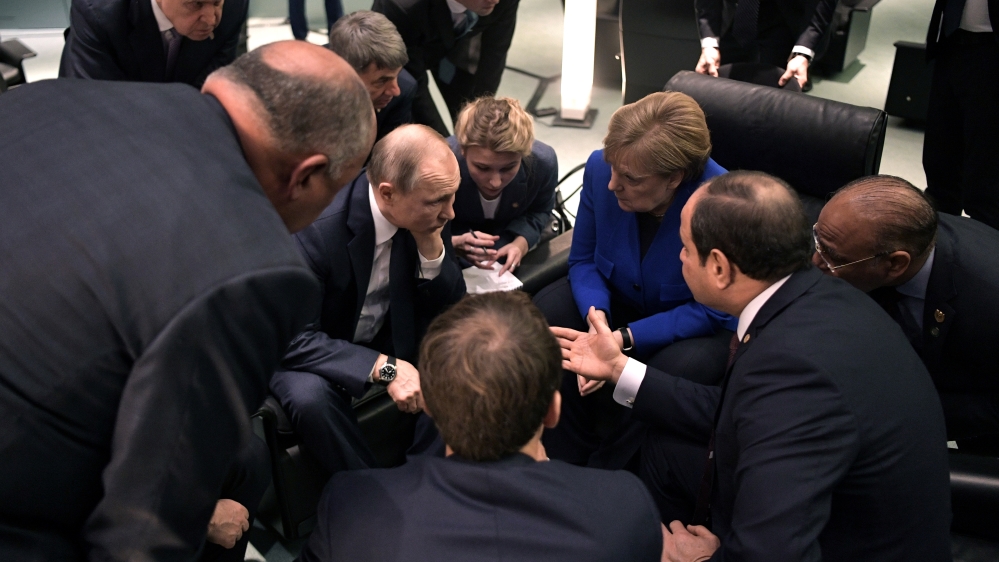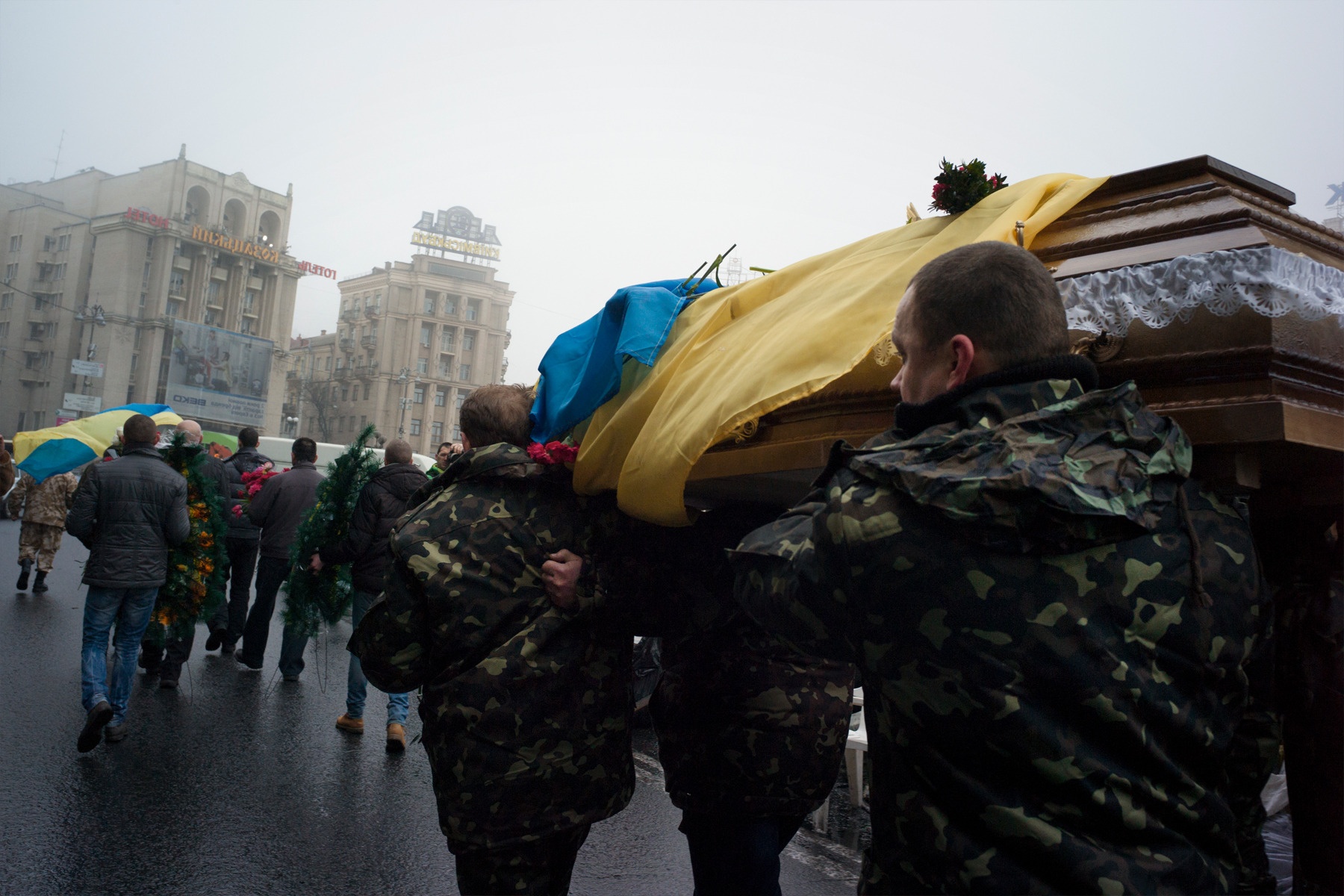
More than eight years after the fall of Muammar Gaddafi, Libya remains highly unstable, with major powers manoeuvring for influence in the region. Libya is today divided between the Libyan National Army (LNA) led by General Haftar, who controls the East (Cyrenaica and Benghazi) and the internationally recognised Government, which controls Tripoli and the west of the country (Tripolitania). The multiplication of foreign actors involved in Libya, including Russia, could jeopardise the EU’s efforts to resolve the conflict.
The fall of the Gaddafi’s regime in 2011 did not bring peace nor democracy to Libya. The result of the 2014 parliamentary elections, was not accepted by the General National Congress (GNC), which voted to replace the newly elected parliament.[1] In response, the House of Representatives relocated to Tobruk and aligned increasingly with General Haftar, who is the Commander of the Libyan National Army. Libya was thus split between rival governments. General Haftar has the loyalty of the House of Representatives in Tobruk, while the rival GNC has the support of various militias. This political crisis led to the beginning of the second Libyan civil war in 2014.
Click Here to Read the Entire Policy Paper
POLICY PAPER | Russia’s intervention in Libya: is it undermining the EU?
? https://t.co/yBIPLn9T9t pic.twitter.com/lwbqmjKNsx
— Vocal Europe (@thevocaleurope) February 17, 2020
________________________________________



